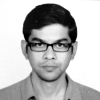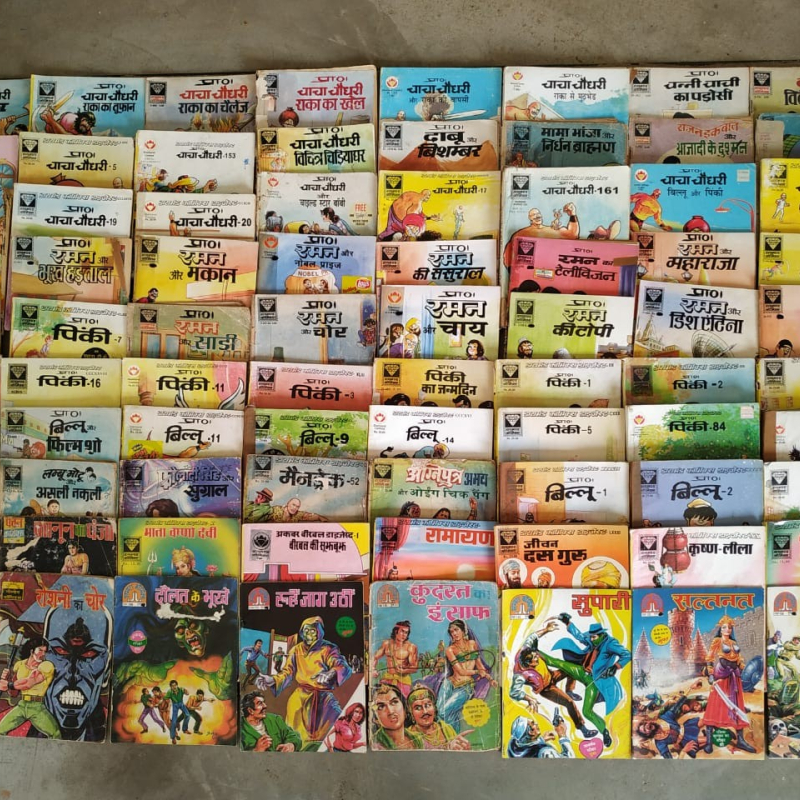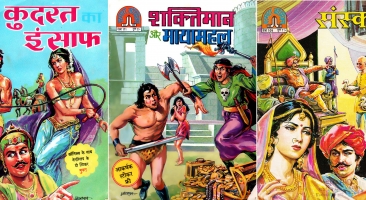Hindi comic books, at one point, were a major part of the popular print culture in India. From large bookstores in metropolitan cities to roadside bookstalls in small towns, their presence was ubiquitous. But comic books as cultural artefacts have never been taken seriously. They do not enjoy the acceptance and legitimacy garnered by other popular forms of art. Not much has been written about them, very little is known about who made them and even less about who read them. This module, therefore, aims to explore the history of Hindi comic book print culture in India. It will look at the emergence and proliferation of the Hindi comic book print industry during the 1960s when Indrajal Comics and Amar Chitra Katha were established, and Bombay became the hub of this industry. During the 1980s, however, the focus shifted to North India where new publications had started to come up around New Delhi and the city of Meerut. This module aims to trace this shift, the history, and socio-political factors behind the coming up of big publishing houses like Raj Comics and Manoj Comics vis-à-vis their popularity among the North Indian mufassil (small town) readers. The comic book print culture had declined by the turn of the twentieth century. But it has made a comeback during the last few years which in large part is due to the fandom that carried the print culture into the digital domain. Apart from a look at this revival of the Hindi comic book industry where the publishers have forayed into new media forms such as e-books and mobile apps, the module will also explore the unconventional traits of a superhero as manifested in Super Commando Dhruv that established a break from the stereotypical tradition of superheroes with secret identities and superpowers.
The History of Hindi Comic Books in India
in Module
Published on:

Rahul Kumar
Rahul Kumar is pursuing a PhD in Cinema Studies at JNU, New Delhi. He holds a BA and an MA degree in History from University of Delhi and JNU, respectively. His research deals with film journalism and magazine culture in Bombay cinema. He also teaches history and cinema, and is currently writing a monograph on B.K. Karanjia for the National Film Archive of India, Pune.


